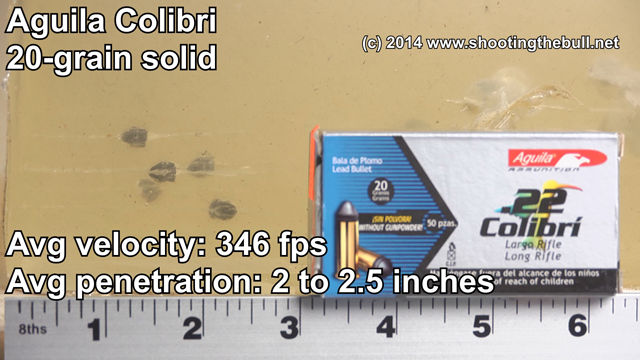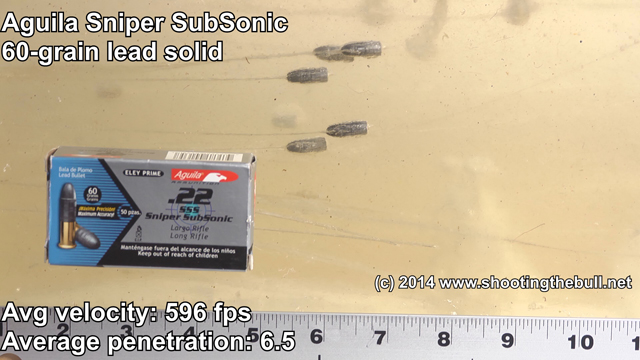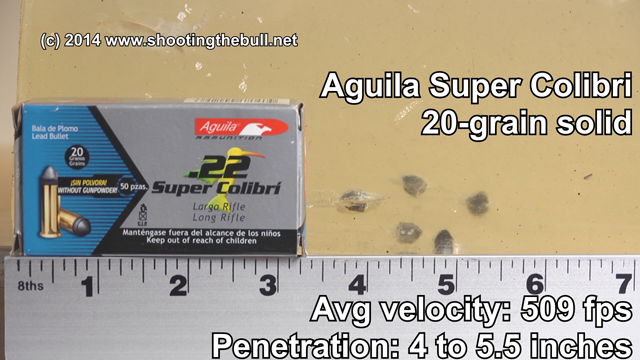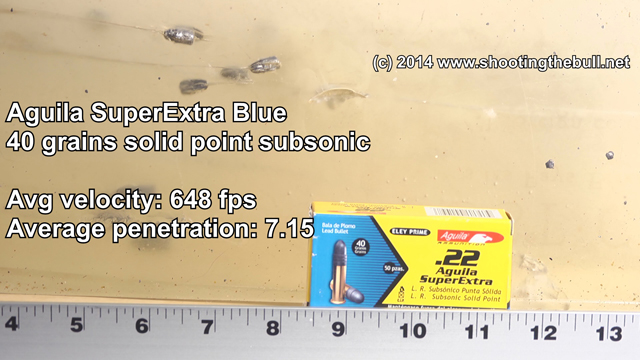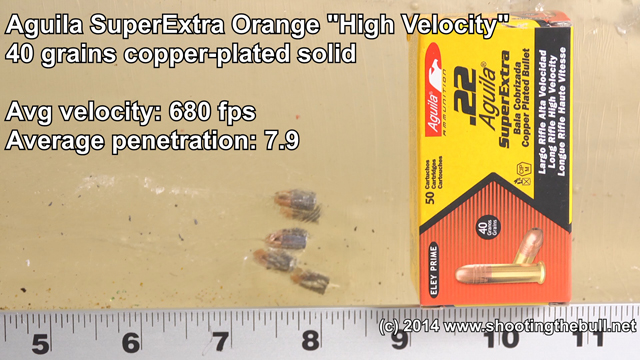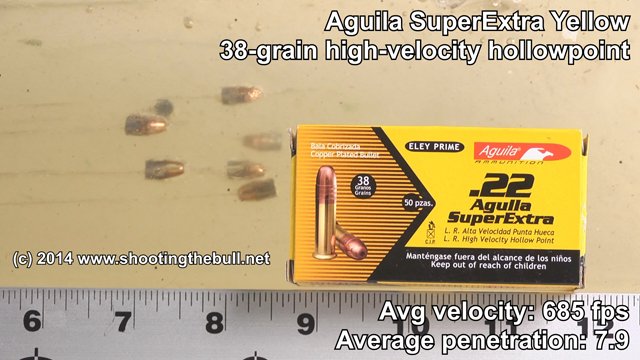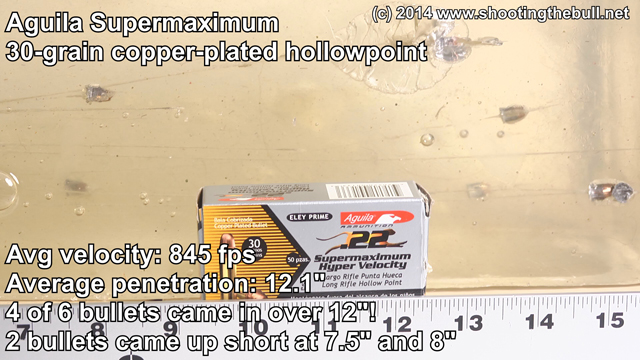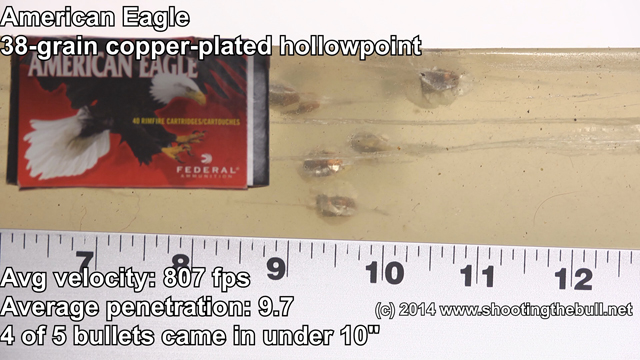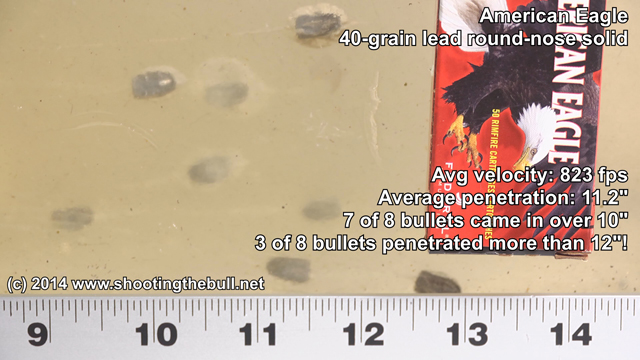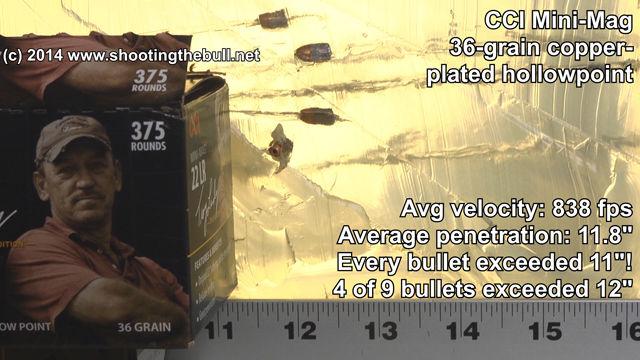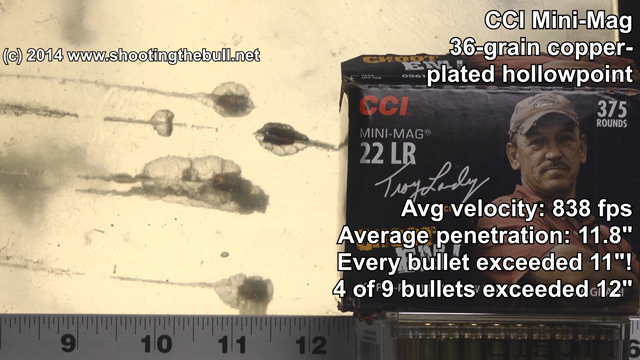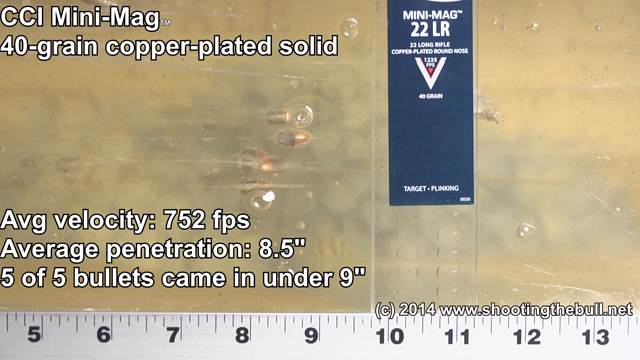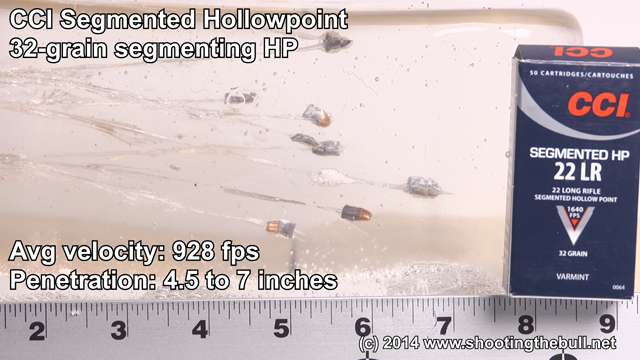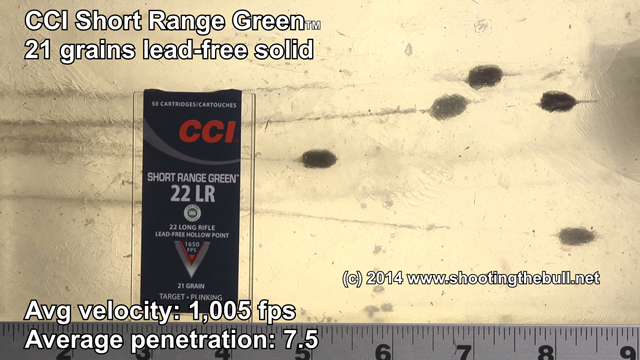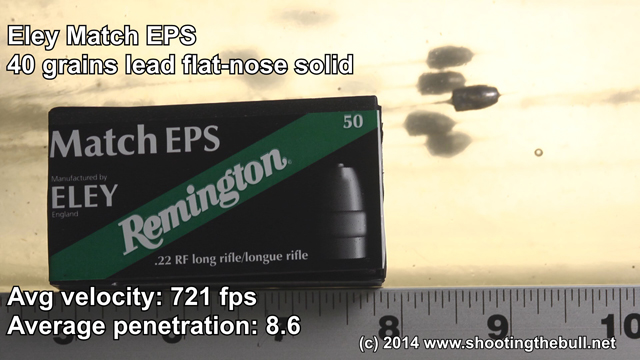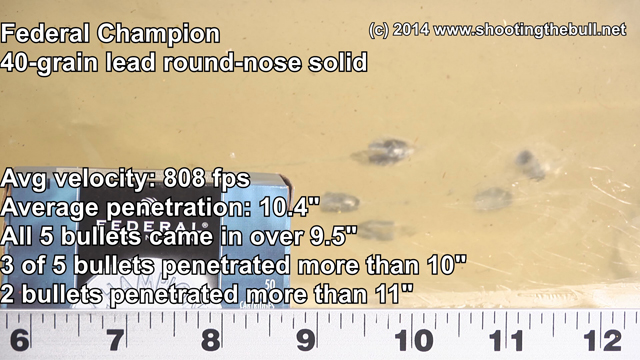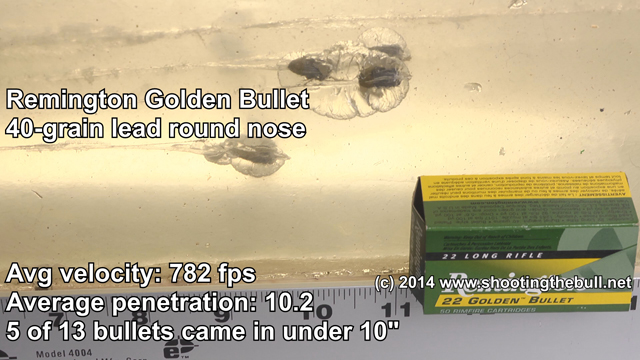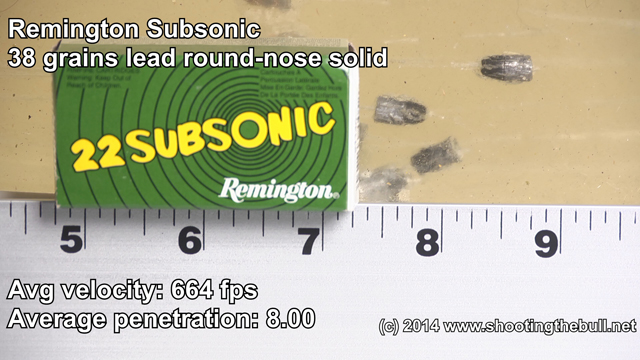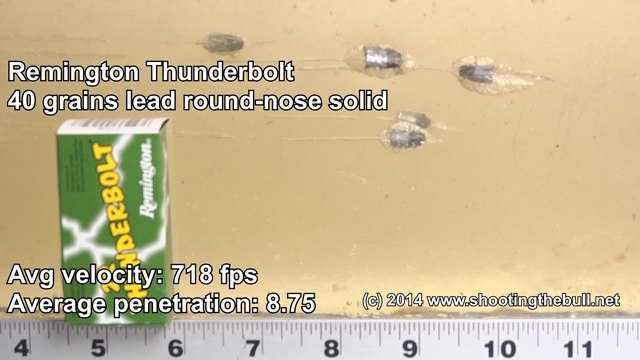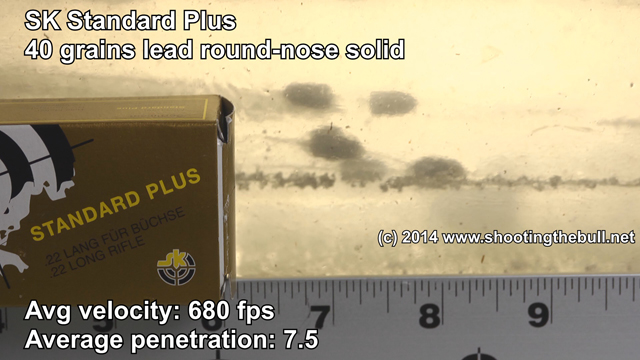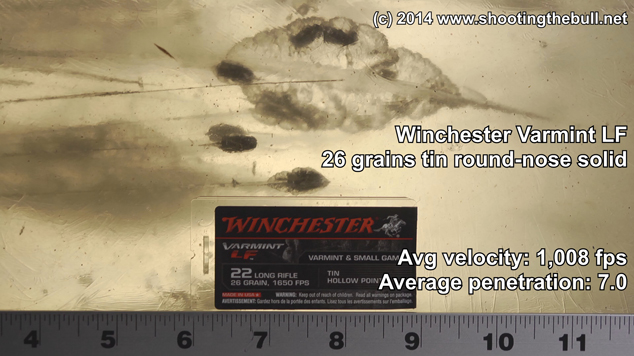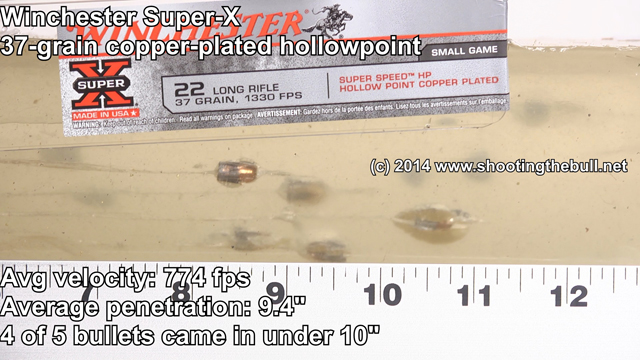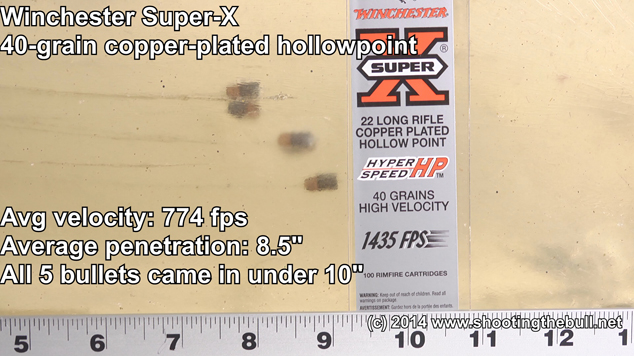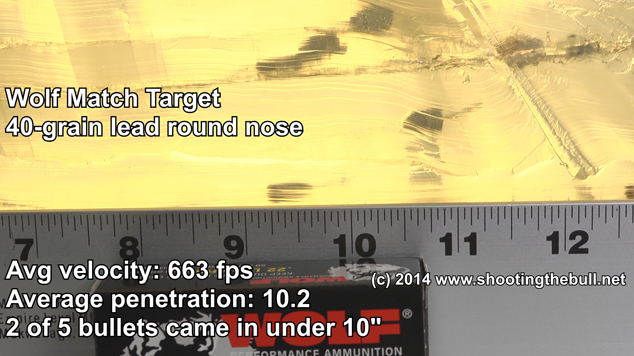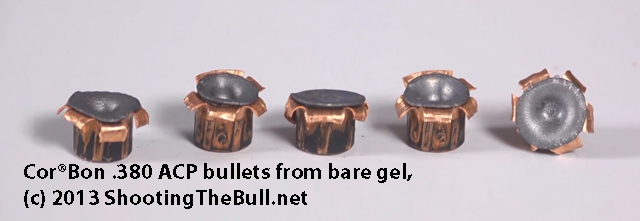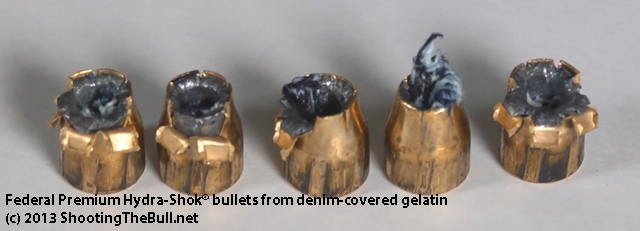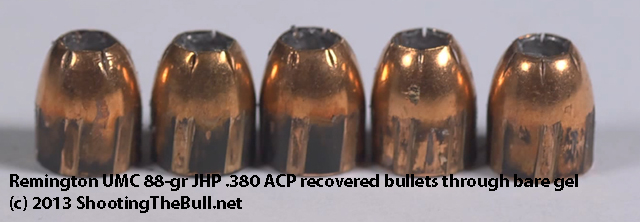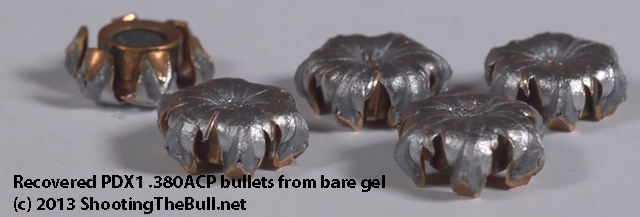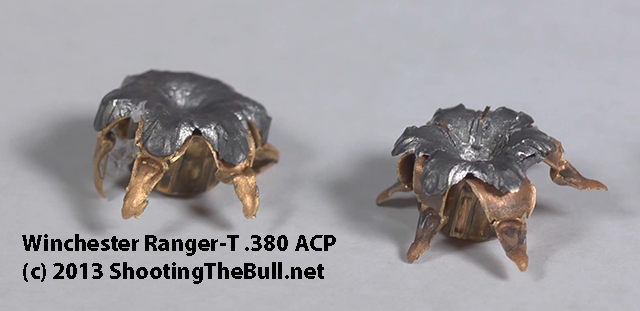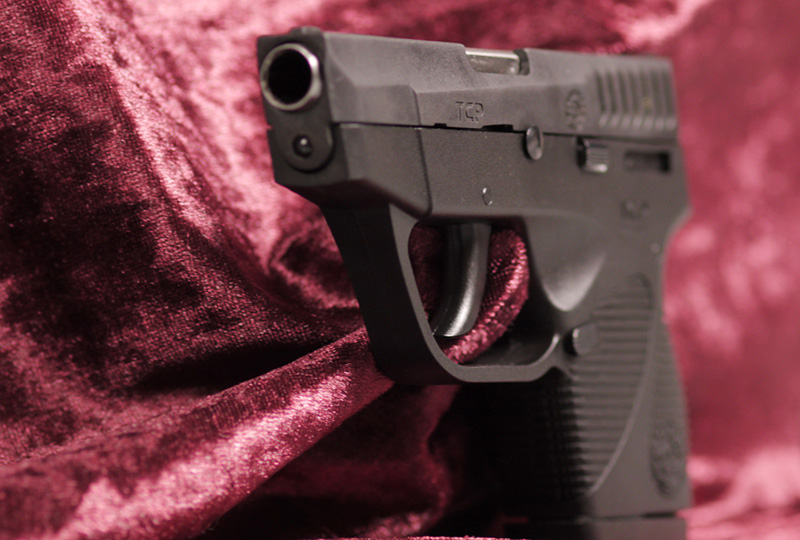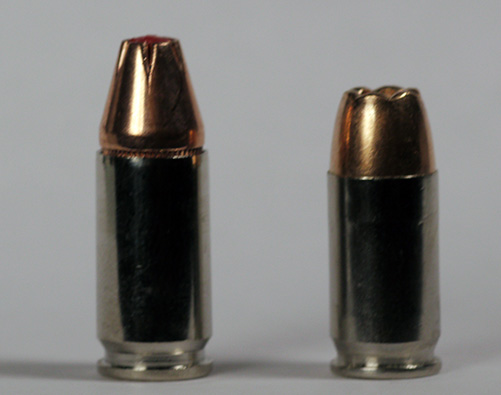This is a total departure from my normal blog articles, but I just found this video (even though it’s over two years old at the time of this writing). But not only is it informative, and (unfortunately for the host) quite entertaining, it also really illustrates a very important point, so I’d like to call attention to it.
The test under discussion was a test of the Kimber Pepper Blaster II, a pepper-spray gun. This is a less-than-lethal alternative for self defense, as compared to using a firearm. While few serious self defense advisers would recommend pepper spray over a firearm, there are certainly some reasons why one might want to consider something like pepper spray, including:
- Depending on your local laws, it may be legal to carry it without any additional licensing;
- In a home defense situation, it is nearly inconceivable that it could pose a threat to occupants in nearby rooms or adjoining apartments or condos;
- Depending on local laws, it may be legal to carry a device like this into places that prohibit firearms (some places can legally prohibit licensed firearms carriers from carrying their firearms into them);
- For those who simply cannot or will not accept the possibility that they, through using a firearm, might cause another person to be seriously injured or die, maybe they would be more comfortable with a less-than-lethal option; and, finally:
- It’s gotta be better than nothing, right?
And so it is that I did a little digging into the current state of pepper spray devices. Pepper spray, when employed properly, can be quite effective in discouraging a person from doing whatever it was that you didn’t want them to be doing (i.e., robbing or assaulting you), but how effective are they, really?
That’s when I found this test, by YouTuber “TheLowBuck Prepper“:
It’s a long video, over 22 minutes long, so if you want to save some time and jump to the relevant parts, here’s an overview:
In this test, the host (an intimidating-looking gent, to be sure) acts out a scenario wherein he attempts to rob someone of their purse, and gets shot with pepper spray, right in the face. Accordingly, due to language, let me say that this video is most definitely NSFW!
Now, before we go any further, I just have to say — that took cojones, to volunteer to get hit with what must certainly be an extremely unpleasant experience, in the name of science and to inform us all as to what the experience is really like! It was manly, it was bold, and I’m sure I speak for many when I say “thank you” to TheLowBuck Prepper for quite literally “taking one for us.”
Skipping to the most interesting bits, here’s what I observed:
03:00 – the initial test shot, where the host attempts to grab the purse and gets shot in the face with the first shot. In this first test, the host was shot in the chin at extremely close range (looked to be no more than about a foot away). The results were completely and utterly ineffective — the host was not incapacitated, he wasn’t slowed down, and while he admits that the impact of the pepper cartridge on his chin didn’t feel good, it certainly didn’t stop him from doing anything that he wanted to. The pepper itself didn’t do much of anything to him; he could feel a little bit in his mouth and said it basically felt “like eating some hot wings”. He classified this as a total fail.
08:30 – they decide to test it again, this time at a distance of about 12 feet. And in this test, the pepper disperses in the attacker’s face, and it drops him to the ground nearly instantly. And then he goes on an epic 14-minute rant describing the pain, the incapacitation, dousing himself with gallons of milk, having his friends douse him with a hose nearly continuously. The language is harsh, as you may imagine, and the description of the pain is extremely educational, and the visuals and the description may lead you to giggle like a schoolkid, (especially when he describes what happens to “Roscoe”).
I find this test fascinating for two main reasons: first, because this brave man put his body on the line to get us some legitimate real-world answers, and secondly, because we get to see two real-world examples of how ammo (bullets or pepper spray) may work. Sometimes they do, and sometimes they don’t.
And that’s the real takeaway here. The exact same weapon, the exact same attacker, the exact same defender, and two entirely opposite outcomes. It happens. Pepper spray could turn out to be worthless in defending you, or it could turn out to be an absolute manstopper. TheLowBuck Prepper wasn’t killed, he wasn’t permanently injured, but he was STOPPED. He dropped to the ground, and he couldn’t see. He would still have been very dangerous if he had been within contact distance, but if the defender was out of reach when firing that second shot, he/she could easily have gotten away and there’s pretty much zero chance that TheLowBuck Prepper could have continued his attack — or would have wanted to.
As I’ve pointed out in prior articles, this is the exact same type of scenario that may happen with a firearm. Maybe you’ll hit your attacker and they’ll immediately stop. But maybe you’ll hit the attacker (like the first pepper-spray shot in this video) and the attacker will not even give any evidence that they noticed or cared that they’d been hit. Either scenario is possible, and your particular choice of caliber or handgun won’t really make that much of a difference — it’s really up to the attacker and to where the shot was placed.
In the first example, the defender placed the shot fairly decently — it did hit the attacker in the face, after all — but it had little to no effect, and it had zero effectiveness in FORCING the attacker to IMMEDIATELY STOP. Zero. Bullets can be the same way, whether they’re little .22’s or great big .45’s — just because you hit the attacker somewhere, doesn’t guarantee that the attacker will be FORCED to STOP. Read my recent articles (such as this one or this one) for case studies of attackers (and defenders) who took repeated, multiple hits from major calibers (9mm, .40, and .45) and simply were not stopped. In this first shot, even though the attacker was hit in the face, nothing VITAL was hit — the projectile impacted with his chin, bounced off, and leaked pepper spray into his beard. He was able to ignore all that.
In the second example, the defender placed the shot perfectly, and the attacker’s vital organs were hit (his eyes and nose). The pepper dispersed properly and brought his actions to a screeching halt. He was incapacitated — literally, his body was incapable of continuing the voluntary actions of attacking or pursuing the defender. He wasn’t inconvenienced, he didn’t choose to stop attacking, he was literally forced to stop attacking because he could not keep his eyes open and he could not even stand up. If you’re ever involved in a defensive gun use (or, for that matter, a defensive pepper spray use) that’s what you would really want to be able to do — cause your attacker to immediately stop their attack. And the only way to guarantee that is to incapacitate their body so that they simply cannot continue, no matter how much they may have wanted to.
In pepper spray, it’s obvious from the results of this test that:
- you have to hit the eyes and/or nose with spray, and
- it has to actually disperse. You can see in the video how the cloud of pepper disperal made it pretty much impossible for the attacker to avoid getting swarmed with the spray, whereas in the first test it looked like there really wasn’t any cloud of dispersal.
With a firearm, the obvious and unavoidable conclusions are that:
- You have to place the shot such that it will hit a vital organ, and
- the ammo has to perform properly. It has to penetrate deep enough, and expand big enough, that it is capable of doing enough damage to the vital organs that the attacker’s body is incapable of continuing his attack.
A shot that doesn’t hit a vital organ (such as a major artery, or circulatory system organ, or brain or brain stem or upper spinal column), cannot force the body to stop immediately. It may hurt a lot, and the attacker may choose to stop, but they might not choose to stop either (see the aforementioned articles for examples). But a hit on a vital organ gives the attacker no choice — their body will be rendered out of their control. Even so, be aware that the effects may or may not be immediate — even in the case of a major circulatory system hit, the attacker may have enough oxygen in their system that they can control their body for up to 10 or maybe even 15 seconds. That’s a long, long time when you’re engaged in a life-or-death struggle; someone could easily empty the entire contents of a pistol’s magazine in less than 10 seconds.
Similarly, a shot that is placed to hit a vital organ, but doesn’t have the requisite destructive power to actually destroy or substantially damage that organ, may not do you any good in bringing the fight to a quick stop. It may eventually even cause the attacker serious complications or even death, but that’s not your concern — your concern is and should be to bring the fight to the quickest possible stop. If you use ammo that doesn’t penetrate deep enough, or doesn’t expand big enough, it may not damage the organ sufficiently (or even at all!)
Finally, multiple shots increase your chances of scoring a hit on a vital organ. Shoot until the threat stops threatening you (whether voluntarily or through incapacitation, it doesn’t really matter; as soon as the attacker breaks off their attack, you legally must stop shooting them). But as long as the attacker remains a threat, and deadly force is a legal and appropriate response, many self defense advisors and instructors would tell you that you should continue shooting until the threat stops being a threat to you.


